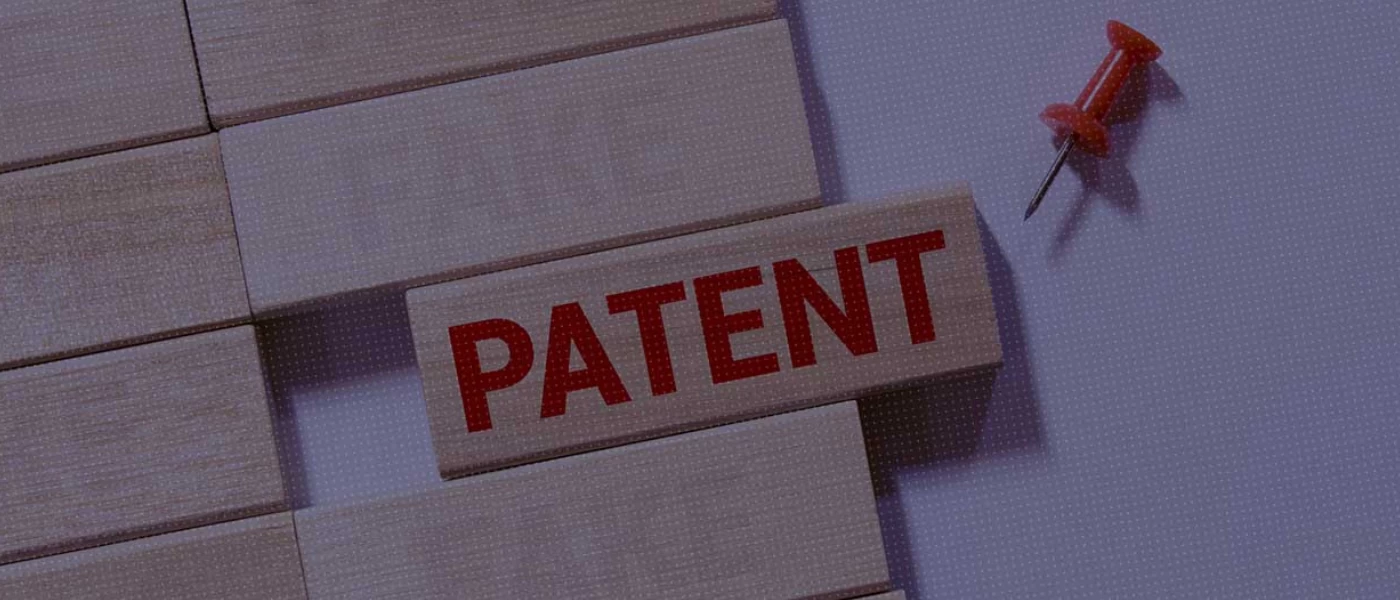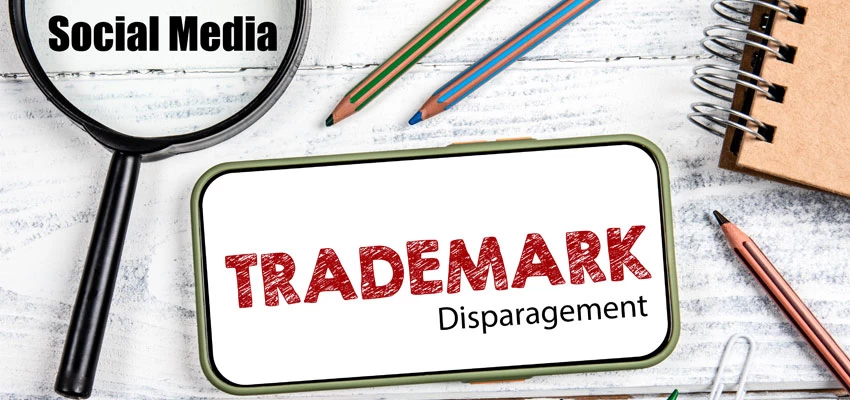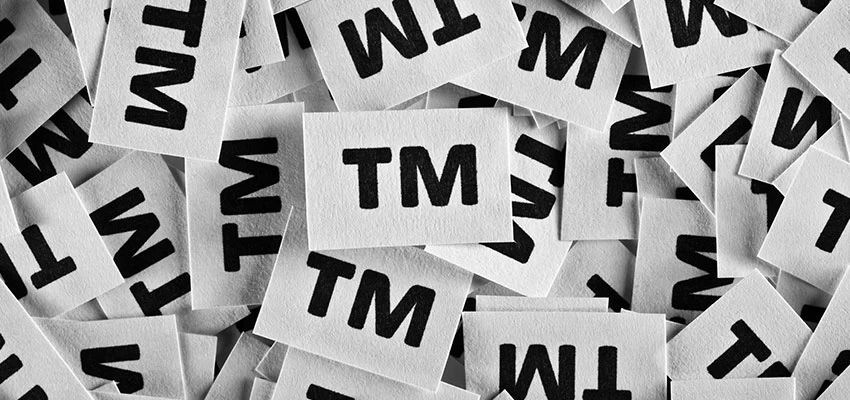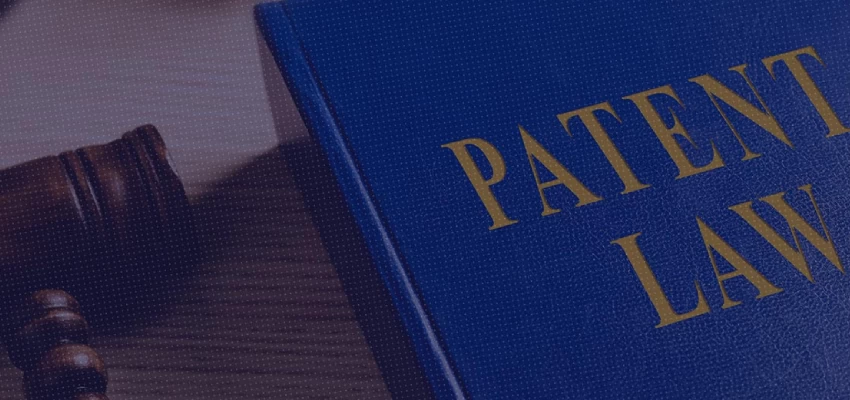Introduction
One of the permissible ways of amendments to claims and/or specification is to incorporate suitable disclaimers during the patent prosecution and at the post grant stage. This article aims to bring down the perspectives of the use of disclaimers as a provision to amend claims and/or specification. For this purpose, the present article focusses on provisions available under Section 59 of the Patents Act, 1970 and a glimpse on such provisions in major jurisdictions such as US and EU that are of greater interest.
Indian position:
Section 59 of the Patents Act, 1970 (‘Act’) provides,
"(1) No amendment of an application for a patent or a complete specification or any document relating thereto shall be made except by way of disclaimer, correction or explanation…"
Disclaimers in patents serve to limit the scope of protection conferred by a patent. Disclaimers include both positive disclaiming and/or negative claiming. Disclaimers are used to define the boundaries of the invention and to provide clarity to the scope of the claimed invention. Such disclaimers are included while amending the claims before the Controller during prosecution of the Application, or High Court in the post-grant stage, to overcome objections and to distinguish from the cited prior arts.
Ayyangar Committee report provides under ‘Notes on the Clauses of the Patents Bill, 1953’ - ‘Clause 14 and 15 – Order of refusal or amendment of application in certain cases’ in para 386, page 135 [SCC Online (2013)] under "14. Refusal of application in certain cases,
(3) If it appears to the Controller that any invention in respect of which an application for a patent is made might be used in any manner contrary to law, he may refuse the application, unless the specification is amended by the insertion of such disclaimer in respect of that use of the invention or such other reference to the illegality thereof as the Controller thinks fit."
Guidelines of the Ayyangar Committee report also mentions in Chapter VI
"34. Amendment of application or specification by Controller- An applicant or a patentee may at any time, by request in writing lodged at the Patent Office and accompanied by the prescribed fee, seek leave to amend his application, or specification, including drawings, if any, by way of disclaimer, correction or explanation, stating the nature of, and the reasons for, the proposed amendment".
35. Amendment of specification by the court.—In any suit for infringement of a patent or proceeding before a court for the revocation of a patent, the court may by order allow the patentee to amend his specification by way of disclaimer, correction or explanation in such manner, and subject to such terms as to costs, advertisement or otherwise, as the court may think fit"
Thus, the provisions in the Act as guided by the Ayyangar committee report allow the Applicant/ patentee to amend the claims to include disclaimer to clarify the scope of the claimed invention in view of objections and/or prior arts.
In an Order by Single Judge of the Delhi High Court (DHC) in the matter of AGC Flat Glass Europe SA v. Anand Mahajan and Others, [2009 SCC OnLine Del 2826] (‘AGC Order’) it has been observed in para 22
".... It is settled law that if an amendment is put forward to overcome a possible objection to validity based upon a prior publication it may be relevant to consider whether the amendment propounded meets the objection arising out of such prior publication.... in Baker Perkins Ltd.'s Application, (1958) RPC 267 and AMP Incorporated v. Hellerman Ltd., (1962) RPC 55 it has been observed that amendments which limit the scope of the specification to a sub-combination which was within the original claim would be a disclaimer (which can be allowed), and the absence of an appendant claim in the original document to such sub-combination cannot of itself be a reason for refusing the amendment."
Therefore, the AGC Order clearly specifies that the amendment by way of disclaimer can be allowed, explicit recitation of disclaimer in the specification may not be required to be present, and further, absence of the same may not be used as a reason for refusal of the amendment.
The AGC Order also clarifies that the amendments should be in clarificatory or elaborative manner and shall not exceed the scope of the claimed invention before the amendment. Thus, in use of such disclaimers the claims are narrowed or crystallized, delimits the scope of the invention, explains exact scope of invention and further may exclude the unclaimed invention explicitly.
The findings by the Single Judge in the AGC Order further confirmed that amending the claims by way of disclaimers is allowed, and the same is stated in para 35 of the order,
"....the present amendment is merely a clarificatory/elaborative one and does not alter the scope of the invention. At best, even if the defendants' objections are accepted, the said amendment appears to be a disclaimer which also cannot come in the way of permitting the amendment and in fact, the same rather support the amendment....."
Thus, the Single Judge in the AGC Order confirmed that the amendments made were clarificatory one and did not attract the proviso of Sections 58 and 59 of the Act.
The AGC Order under Para 26 provided ‘disclaimer doctrine’ which entitled a patent right holder to delimit the scope of the claims by narrowing down to its inconvenience, in a way which makes the amended claims not inconsistent with the claims in the original specification. This also recognized the recourse of disclaimers by the right holders to clarify the scope of the patents when challenged with invalidity of the patents.
The another Single Judge Order of the Delhi High Court in the matter of Nippon A and L Inc v. Controller of Patents, [2022 SCC OnLine Del 1909] (‘Nippon Order’) at para 40 elaborates on Section 59(1) as follows:
"40. A perusal of Section 59(1) shows that an amendment of an application, specification or any document related thereto would be permissible only if the following conditions are satisfied:
- The amendment has to be by way of disclaimer, correction or explanation; and
- The amendment has to be for the purpose of incorporation of actual facts; and
- The effect of the amendment ought not be to amend the specification to claim or describe any matter which was not disclosed in substance or shown in the originally filed specification; and
- The amended claims have to fall within the scope of claims as originally filed."
Therefore, the Single Judge in the Nippon Order para 41 summed up the above conditions and held that any amendment qualifying all above categories are appropriate and shall be allowed.
The Nippon Order also referred to Konica case (Konica/Sensitising, 1994 EPOR 142), wherein the Appellate Board categorically held that the conversion and the change in category of ‘product by process’ claims to ‘process’ claims was clearly admissible and the applicant had given up (disclaimed) the claim for absolute product protection and had limited the claims significantly. The Nippon Order further mentioned that, if the amended claims define any ‘new’ features, hitherto not defined in the body of the claims, then such amendments shall not be allowed but those that are clarificatory or disclaim earlier claimed features shall be allowed. Additionally the Nippon Order at para 58 also pointed out to the position of law in Sulphur Mills Ltd. v. Dharamaj Crop Guard Ltd ( 2021 SCC OnLine Del 3874) which made an observation
"…It is usual for patent applicants to edit, amend, modify and vary the claims during the examination and opposition process. So long as the amendments sought are within the scope of the claims originally filed, no adverse conclusion can be drawn on the basis of the said amendments".
In the Nippon Order the Single Judge had to decide on the matter of whether the amendment made by the Appellant therein was by disclaiming the product portion of the claims, in view of the objections raised by the patent office, thus disclaiming a product was under question. However, the DHC in the Nippon Order held that the disclaiming a product from a product by process claim did not exceed the scope but delimited the scope and hence was allowed.
Observations made from the above matters clearly provides guidelines to the Indian Patent Applicants that the amendments can be made by way of disclaimer to not only provide clarity but also to overcome the objections raised, however the amendments should not exceed the scope of claimed invention. Further, the disclaimer could be in the form of negative limitation as well. However, the Indian Patent Office is hesitant to consider such negative limitations. The observations from said matters also allow the Patent Applicants to use words or phrases as disclaimers that may not be exactly present in the specification, however such disclaimers should not dilute or modify the technical contribution of the invention and the original invention as disclosed should remain intact.
American position
In the United States of America (US) the use of disclaimers are described as negative limitations, and Section 2173.05(i) [R-07.2022] of The Manual of Patent Examination & Procedure (MPEP) provides the guidelines to use disclaimers. MPEP states that there is nothing inherently ambiguous or uncertain about a negative limitation, however the limitations shall comply with the requirements of 35 U.S.C. 112(b) or 35 U.S.C. 112 (pre‑AIA) in Appendix-L of MPEP. Negative limitations are added in claims to recite absence of a feature and often phrases such as ‘excluding’, ‘without’, ‘absence of’ and so forth are used to define such limitations. However, the disclaimers should be in such a way that the claims are clearly distinct as to what was invented and should not focus on what was not invented. The presence of support for use of such limitations must have basis in the specification, and determination of the sufficiency of presence of such support may not be straightforward.
United States Court of Appeals (Federal Circuit) (USFC) while deciding matters, insist on reading disclosures and disclaimers from the context and the knowledge of those skilled in the art. In Santarus, Inc. v. Par Pharmaceutical, Inc., 694 F.3d 1344, 1350-51 (Fed. Cir. 2012) before the USFC, it was stated that negative claim limitations are adequately supported when the specification described a reason to exclude the relevant limitation but did not hold that a specification must describe a reason to exclude a negative limitation. The USFC in deciding the matter of Inphi Corporation v. Netlist, Inc., 805 F.3d 1350, 1356-57, 116 USPQ2d 2006, 2010-11 (Fed. Cir. 2015), held that, the negative claim limitation that met the requirements of 35 U.S.C. 112 paragraph 1 MPEP, supported by substantial evidence, properly described, and alternative features were sufficient to satisfy the written description standard under 35 U.S.C. 112 for negative claim limitations. Thus, by way of the above Orders the USFC affirmed the practice of use of disclaimers to overcome objections and to distinguish from the prior art. Therefore, far by it could be observed that MPEP holds that any claim containing a negative limitation which does not have basis in the original disclosure ought to be rejected as failing to comply with the written description requirement yet embraces a stature "that there is nothing inherently ambiguous or uncertain about a negative limitation".
European Patent Office (EPO) position
While India and US provisions allow the Applicants to use negative limitations during prosecution, EPO admits the use of disclaimers in the original claims/specification as well as during prosecution for the purpose of amendments.
The word ‘disclaimer’ is defined as an amendment to an already existing claim resulting in the incorporation of a ‘negative’ technical feature (Decision of Technical Board of Appeal 3.3.6 dated 17 September 2001 - T 323/97 - 3.3.6 [Oj EPO 2002, 476]).
Article 123(2), Rule 4, (4.1 & 4.2) of European Patent Convention (EPC) provides use of disclaimers in the application as originally filed and also those disclaimers not disclosed in the application as originally filed. EPO guidelines are amply clear which state that "Negative features help to define the claimed invention in the same way as positive ones, and must be examined on the same basis. In other words, they may confer novelty and, like positive features, are assessed as to their relevance to inventive step". However, such limitations shall also confer to the requirements stated under Article 84 of EPC.
During prosecution, in order to restore novelty due to a prior art identified by patent office or by accidental anticipation, disclaimers to claims may be added to limit the scope of the invention and to exclude a technical feature not disclosed in the application. However, EPO also demarcates the unallowable disclaimers which were added to exclude non-working embodiments, as a remedy to insufficient disclosure, to make a technical contribution, and to overcome inventive step rejection. The disclaimers shall not limit more than necessary to restore novelty or to disclaim subject-matter excluded from patentability for non-technical reasons.
PCT-EPO Guidelines Part-F Chapter IV, Rule 4.19 also defines that the limitations should be clear as to what is excluded by means of the disclaimer. Further the guidelines permit use of one or more disclaimers however must also fully comply with the clarity and conciseness requirements of Article 6 EPC.
In the Decision of the Board of Appeal of the EPO in the matter PPG Industries Ohio v. Saint Gobain Glass France [G 0001/03], it was decided that
"An amendment to a claim by the introduction of a disclaimer may not be refused under Article 123(2) EPC for the sole reason that neither the disclaimer nor the subject-matter excluded by it from the scope of the claim have a basis in the application as filed."
The order also reinstated that the disclaimers shall be allowable to restore novelty over known or accidental anticipation, and to exclude subject matter excluded from patentability non-technically.
Based on said Decision, Article 123(2) EPC, 1.7.3 (e), provides guidelines on clarity requirements in drafting disclaimers. This states that the disclaimers are also dealt in same manner as the claims, hence the disclaimers should meet the clarity and conciseness requirements set forth under Article. 84 EPC. Also, a plurality of disclaimers may put an unreasonable burden on the public to find out what was protected and what was not protected. Thus, the disclaimers should be clear from the specification for what was protected and why the disclaimers were introduced.
Conclusion
Overall, it could be understood that disclaimers shall be allowed provided the disclaimers comply with the requirements pertaining to patentability, clarity, conciseness, support and sufficiency as set forth in each of the jurisdiction. It is also significant to maintain a balance to keep up the interest of the patent and the application in providing adequate protection as well as in determining the scope of protection when faced with invalidities at various stages. It is also the burden of the Applicant to sufficiently explain as to what was the invention at the time of filing the Application and provide clarity in the description so as to be used later as disclaimers as and when it becomes necessary. Thus, the use of disclaimers is not forbidden but the disclaimers need to be prudently used to satisfactorily protect the invention and to hold a valid patent.
[The authors are Associate and Director, respectively, in IPR practice at Lakshmikumaran & Sridharan Attorneys, Chennai]












